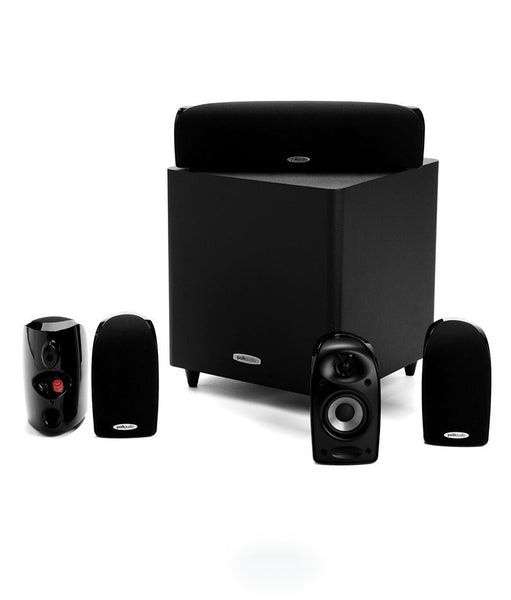POLK AUDIO
Just a few friends from Johns Hopkins University with a passion for sound—and music on their mind. Matt Polk and his close-knit crew of rock 'n roll mad scientists left an indelible mark on world. What started as a garage project in an old Victorian rooming house in Baltimore, Maryland, quickly became a legacy that never wavered from its original vision: Searching out new solutions in high-fidelity sound, while engineering reliable speakers to span the generations.
It's HiFi Audio That Honors You
Success in this business relies on weathering time's endless changes with a cool head and a giving heart. It's this approach that's allowed us to produce countless new speaker products since our inception—all the while delighting homes across this great nation and beyond. Because… we know sound. It's our only focus. And as we continue researching, engineering and innovating toward new sonic revelations, you can trust that our intentions always will uphold the principles of real American HiFi. Because this isn't just a job—it’s a privilege based on what audio should deliver: Great sound for everyone.
Polk Audio was founded by Matthew Polk, George Klopfer and Sandy Gross in 1972. Matthew, George and Sandy met each other while attending classes at The Johns Hopkins University in Baltimore. After graduating in 1971, the team collaborated on producing a sound system for a local bluegrass convention. Matthew designed the speaker system while George built the cabinets. After it was discovered the producers of the convention could not afford to pay for the system, George designed a logo for Polk Audio and attached it to the speakers. Sandy was behind the marketing of Polk Audio and also helped create Polk's worldwide dealer network.
After spending a short period of time dabbling in professional audio, Polk Audio turned its attention to high end home audio. With the release of the first successful model in 1974, the Monitor 7, Polk Audio started to become a recognized name in audiophile circles. Polk used a two way configuration on the vast majority of its speakers like the popular Monitor 10 and Monitor 12, typically with high performance 6.5" mid/bass drivers with rubber surrounds and passive radiators. The Monitor 12 was quite capable for its day, having bass response to 18 Hz, a free-air mounted tweeter and 500 watt RMS power handling. Later Polk speaker models used arrays of drivers, called SDA for Stereo Dimensional Array, to modify the crosstalk from the left speaker to the right ear and from the right speaker to the left ear, so as to expand the stereo image beyond the space between two stereo speakers. The SDA concept is still used in some current Polk branded speaker products. Polk has also ventured into automobile speakers.[4]


